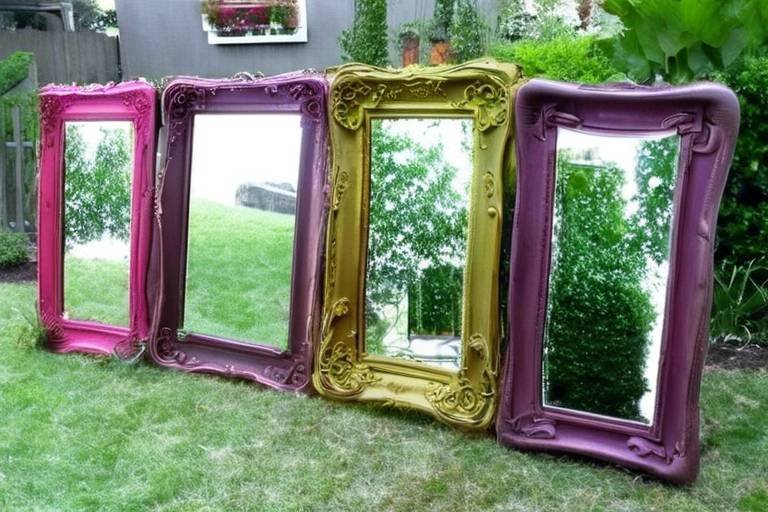Repurpose Your Old Belts into Cuffs and Bangles
Discovering creative ways to transform old belts into stylish cuffs and bangles can be a thrilling adventure in the world of DIY fashion. If you're like many people, you might have a few old belts lying around, collecting dust and taking up space in your closet. Instead of letting them fade into oblivion, why not breathe new life into them? This guide will inspire you with innovative ideas and techniques for upcycling your accessories into fashionable statement pieces that not only showcase your unique style but also contribute to sustainable fashion practices.
Imagine strutting down the street, wearing a chic cuff made from a belt that once held up your favorite pair of jeans. It’s not just about creating something new; it’s about telling a story with your accessories. Each piece you create will carry a piece of your history, making them even more special. Plus, by repurposing old items, you're doing your part to reduce waste and promote a more eco-friendly lifestyle. So, roll up your sleeves and get ready to unleash your creativity!
Not all belts are suitable for repurposing, and knowing how to select the best materials and styles is key to ensuring durability and aesthetic appeal. When you’re on the hunt for belts to transform, consider the following:
- Material: Look for belts made of sturdy materials like leather or thick fabric. These will hold their shape well and provide a solid base for your cuffs and bangles.
- Width: Wider belts can create bold statement pieces, while thinner belts are perfect for delicate designs. Think about the style you want to achieve.
- Condition: Choose belts that are in good condition, free from excessive wear and tear. A little scuffing can add character, but avoid belts that are falling apart.
By selecting the right belts, you’re setting the stage for a successful upcycling project. Remember, the more unique the belt, the more interesting your final product will be!
Gathering the right tools and materials is essential for a successful project. Here’s a quick rundown of what you’ll need:
- Cutting tools: A sharp pair of scissors or a utility knife will help you make clean cuts.
- Measuring tape: Accurate measurements will ensure your cuffs and bangles fit perfectly.
- Fasteners: Depending on your design, you might need snaps, Velcro, or even decorative buckles.
- Embellishments: Think beads, paint, or fabric swatches to personalize your pieces.
Having these tools at your disposal will make the process smoother and more enjoyable, allowing your imagination to run wild!
Understanding the basic techniques for cutting and shaping belts is crucial to achieving the desired forms for your cuffs and bangles. Start by measuring the length of the belt you want to use. A good rule of thumb is to cut a length that wraps comfortably around your wrist or arm, adding an extra inch for fastening. Once you have your measurements, use your cutting tools to slice through the belt cleanly.
Next, consider the shape you want to achieve. Cuffs can be rectangular or rounded, while bangles are typically circular. Use a round object, like a cup, to trace the shape for bangles, ensuring a consistent curve. After cutting, smooth any rough edges with sandpaper or a file to prevent snagging on clothing or skin. This attention to detail will elevate your finished pieces!
Personalization can elevate your repurposed accessories, making them truly one-of-a-kind. Explore various ways to add unique touches, such as:
- Painting: Use fabric paint to create bold designs or patterns.
- Beading: Sew or glue beads onto your cuffs or bangles for added texture and sparkle.
- Stitching: Incorporate stitching techniques to add color and design elements.
These personal touches not only reflect your individual style but also make your accessories conversation starters!
Making cuffs from old belts can be a fun and rewarding project. Start by measuring your wrist and cutting the belt accordingly. Consider the width you want your cuff to be; wider cuffs make a bolder statement, while narrower ones can be more subtle. Once you have your piece cut, it’s time to fasten it. You can use snaps or Velcro for an adjustable fit, or simply sew the ends together for a more permanent solution.
Don’t forget to add embellishments or personal touches to your cuff. A little creativity can turn a plain belt into a stunning accessory that complements any outfit!
Transforming belts into bangles allows for endless design possibilities. To create a bangle, cut the belt into a length that matches the circumference of your wrist, adding an inch for overlap. Secure the ends with glue or a decorative fastener. To achieve a polished look, consider wrapping the bangle in fabric or adding a layer of paint. The key is to let your imagination run wild and experiment with different styles!
Taking care of your newly created cuffs and bangles is important for longevity. To keep them looking great:
- Clean regularly: Use a damp cloth to wipe off dirt and grime.
- Avoid excessive moisture: Keep your accessories dry to prevent damage.
- Store properly: Keep your cuffs and bangles in a cool, dry place to maintain their shape.
With a little care, your upcycled accessories will continue to shine and make a statement for years to come!
Looking for more ideas? Explore various upcycling projects that can inspire your creativity. Websites like Pinterest and DIY blogs are treasure troves of inspiration, showcasing how others have successfully transformed everyday items into fashionable accessories. You might even discover new techniques or styles that you hadn’t considered before!
Q: Can I use any type of belt for this project?
A: While you can use various types of belts, it's best to choose those made from sturdy materials like leather or thick fabric for durability.
Q: What tools do I need to get started?
A: Basic tools include cutting tools, a measuring tape, fasteners, and embellishments. These will help you create beautiful cuffs and bangles.
Q: How do I ensure my cuffs and bangles fit properly?
A: Measure your wrist or arm before cutting the belt, and remember to add an extra inch for fastening.
Q: Can I personalize my cuffs and bangles?
A: Absolutely! You can add paint, beads, and stitching to make your accessories truly unique.
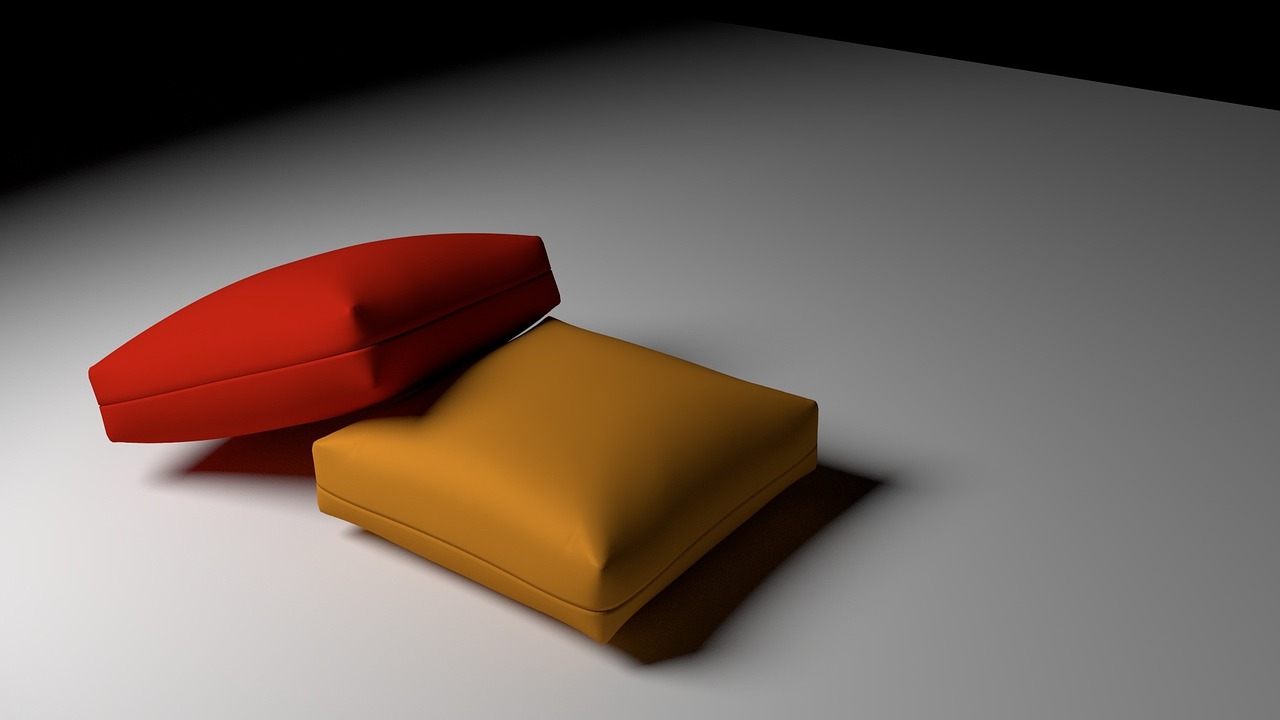
Choosing the Right Belts
When it comes to repurposing old belts into stylish cuffs and bangles, the first step is choosing the right belts. Not all belts are created equal, and some materials and styles lend themselves better to transformation than others. So, how do you determine which belts are perfect for your next DIY project? Let’s dive into the key factors to consider.
First and foremost, think about the material. Leather belts are often a top choice because they are not only durable but also exude a classic charm. However, fabric belts can also be an excellent option if you’re looking for something a bit more colorful and playful. Consider the following materials:
- Leather: Offers durability and a timeless aesthetic. Perfect for creating elegant cuffs.
- Canvas: Lightweight and versatile, ideal for casual bangles.
- Faux leather: A great vegan alternative that still provides a chic look.
- Beaded or embellished belts: These can add a unique flair to your accessories.
Next, pay attention to the width of the belt. Wider belts can create bolder cuffs, while thinner belts are perfect for delicate bangles. Think about the kind of statement you want to make. Do you want to stand out with a chunky cuff or keep it subtle with a slender bangle? The width will significantly influence the overall design and feel of your new accessory.
Another crucial factor is the style of the belt. Look for belts that have interesting textures, patterns, or colors. A belt with a unique design can make for a stunning cuff or bangle. Also, consider the fastening mechanism. Belts with buckles or snaps can be transformed into adjustable cuffs, while those with a simple loop can be cut and shaped into bangles. The fastening style can also influence the comfort and wearability of your new accessory.
Lastly, don’t forget to consider the condition of the belt. Ensure that it is still in good shape, free from excessive wear and tear. A belt that is frayed or damaged may not hold up well in its new form. Take a moment to inspect the belt closely; if it has any signs of damage, it might be better suited for a different project or simply recycled.
In summary, when you're on the hunt for the perfect belt to upcycle into cuffs and bangles, keep these factors in mind:
| Factor | Considerations |
|---|---|
| Material | Leather, canvas, faux leather, beaded |
| Width | Wider for cuffs, thinner for bangles |
| Style | Patterns, textures, fastening mechanisms |
| Condition | Good shape, no excessive wear |
By carefully selecting the right belts, you’ll set the foundation for creating stunning, personalized cuffs and bangles that reflect your unique style. So, gather your old belts and get ready to unleash your creativity!

Tools and Materials Needed
When embarking on the exciting journey of transforming your old belts into stylish cuffs and bangles, having the right tools and materials is essential for a smooth and successful crafting experience. First and foremost, you'll need a pair of sharp scissors or a rotary cutter to ensure clean cuts through the leather or fabric of the belts. A cutting mat is also a great addition, as it protects your surfaces and helps you make precise cuts without damaging your work area.
Next, consider the fastening mechanisms you’d like to use. Snap buttons, Velcro, or even metal clasps can provide a secure fit for your cuffs and bangles. If you’re leaning towards embellishing your pieces, gather some beads, paint, or embroidery threads to add that personal touch. A hot glue gun can also be a handy tool for attaching embellishments securely.
Here’s a quick overview of the essential tools and materials you'll need:
| Tools | Materials |
|---|---|
| Sharp Scissors or Rotary Cutter | Old Belts |
| Cutting Mat | Snap Buttons, Velcro, or Metal Clasps |
| Hot Glue Gun | Beads, Paint, Embroidery Threads |
| Measuring Tape | Decorative Fabrics or Ribbons |
Additionally, having a measuring tape handy will help you determine the right lengths for your cuffs and bangles, ensuring a perfect fit. If you plan to add decorative elements, consider sourcing some fabrics or ribbons that complement the colors of your belts. With these tools and materials at your disposal, you are well-equipped to dive into the world of upcycling and create stunning accessories that showcase your creativity.
Now that you have everything you need, it’s time to roll up your sleeves and get started on this fun project!
Have questions about the tools and materials needed for repurposing your old belts? Here are some frequently asked questions that might help clarify your doubts:
- Can I use any type of belt? While most belts can be used, leather and sturdy fabric belts tend to work best for cuffs and bangles.
- What if I don't have a hot glue gun? You can also use strong fabric glue or sewing techniques to attach embellishments.
- How do I choose the right size for cuffs and bangles? Measure your wrist or arm circumference and add a little extra for comfort.
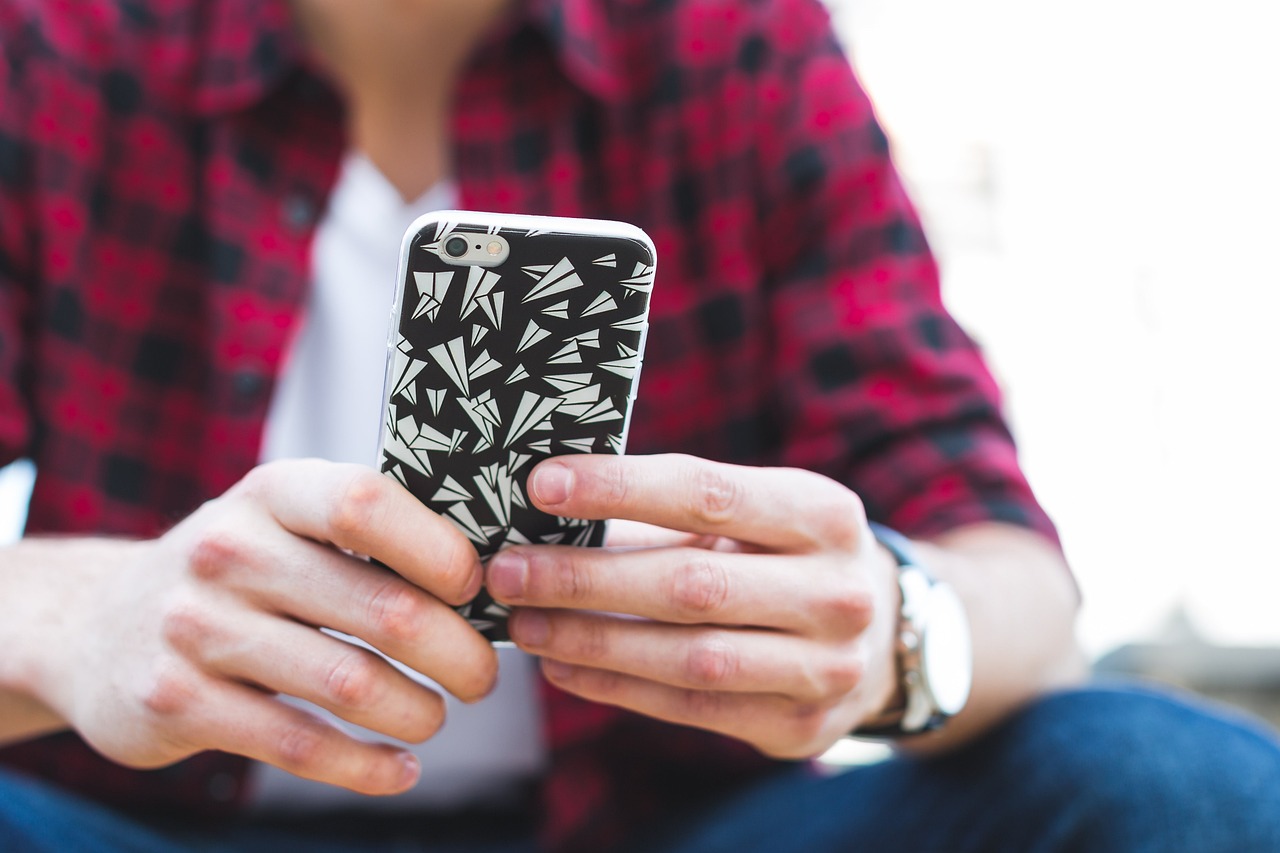
Basic Techniques for Cutting and Shaping
When it comes to repurposing your old belts into stunning cuffs and bangles, mastering the is essential. You want your new accessories to not only look great but also fit comfortably. First things first, gather your materials, including a sharp pair of scissors or a utility knife, a ruler, and a cutting mat to protect your surfaces. Trust me, having the right tools makes all the difference!
Start by laying your belt flat on the cutting mat. Use the ruler to measure the desired width for your cuffs or bangles. For cuffs, a width of about 2 to 3 inches is generally ideal, while bangles can be a bit thinner, around 1 to 2 inches. Make sure to mark your measurements clearly with a fabric marker or chalk. This step is crucial because precision is key in achieving a polished look.
Once you've marked your measurements, it’s time to cut! Using your scissors or utility knife, carefully cut along the lines you've drawn. If you're working with a thicker belt, a utility knife might be more effective. Remember to apply even pressure and cut slowly to avoid any jagged edges. After cutting, you may notice some rough edges; don’t worry! You can easily smooth these out using sandpaper or a nail file, which will give your cuffs and bangles a professional finish.
Now that you have your pieces cut out, it’s time to shape them. For cuffs, you’ll want to create a slight curve to fit comfortably around your wrist. You can do this by gently bending the cut piece around a cylindrical object, like a glass or a bottle, to achieve the desired shape. For bangles, you’ll need to ensure they are circular and fit snugly. You might want to use a round object as a mold to help you shape them perfectly.
Here’s a quick recap of the cutting and shaping techniques:
- Measure: Use a ruler to determine the width and length of your cuffs and bangles.
- Cut: Use sharp scissors or a utility knife for clean cuts.
- Shape: Bend your pieces around a cylindrical object to create curves for cuffs and circles for bangles.
- Smooth: Use sandpaper or a nail file to finish edges and ensure comfort.
By following these basic techniques, you'll be well on your way to creating beautiful, custom accessories that reflect your personal style. Remember, practice makes perfect! Don't hesitate to experiment with different shapes and sizes until you find what works best for you.
Q: Can I use any type of belt for this project?
A: While you can technically use any belt, it's best to choose leather or faux leather belts for durability and a more polished look. Avoid stretchy or fabric belts as they may not hold their shape well.
Q: What if I make a mistake while cutting?
A: Mistakes happen! If you cut too much, you can always adjust the design or use embellishments to cover any imperfections. Creativity is key!
Q: How can I ensure my cuffs and bangles fit properly?
A: Before cutting, measure your wrist and compare it to the length of the belt. It's better to cut a little longer and adjust later than to cut too short.
Q: Can I add embellishments to my cuffs and bangles?
A: Absolutely! Adding beads, paint, or even fabric can personalize your accessories and make them truly one-of-a-kind.
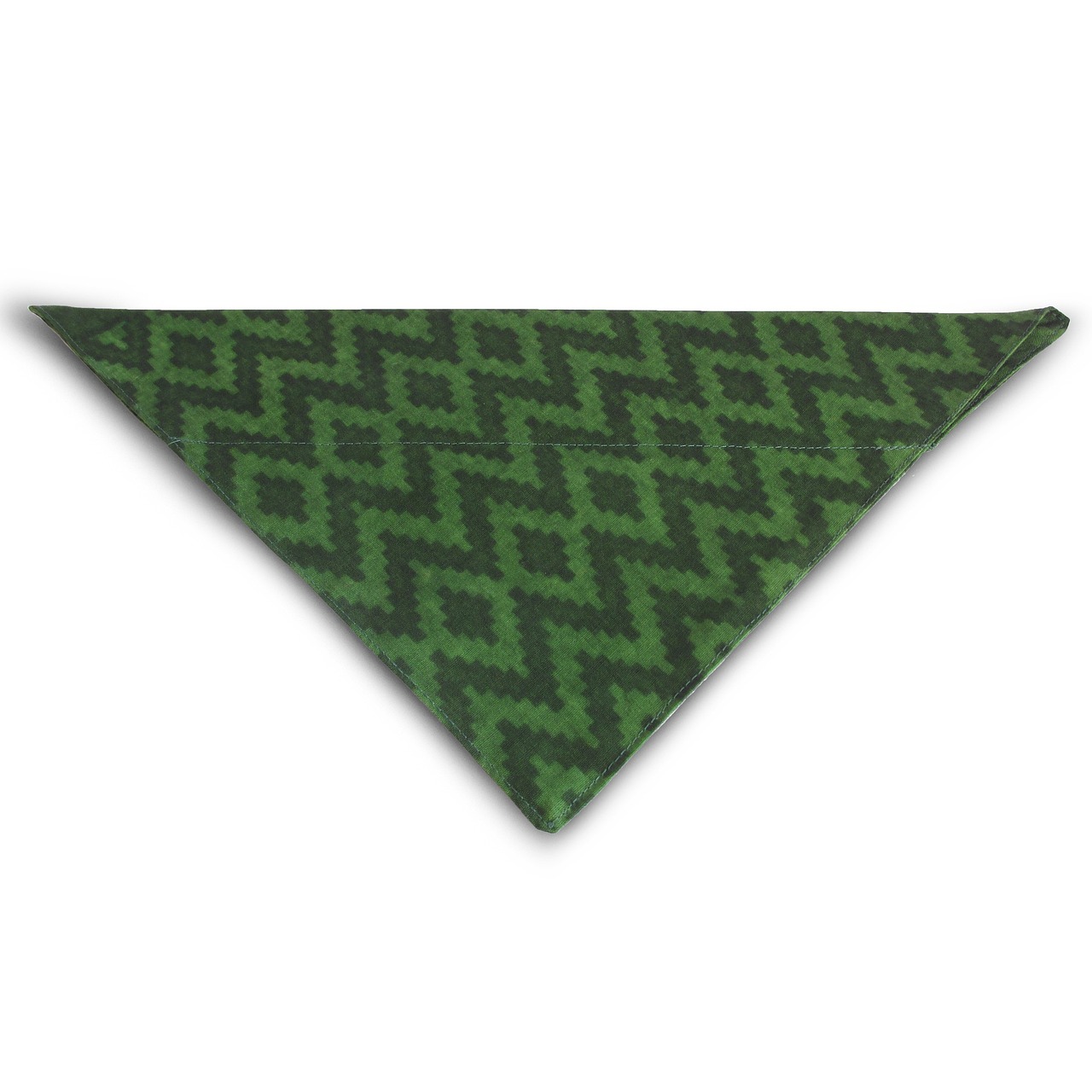
Adding Personal Touches
When it comes to transforming your old belts into stylish cuffs and bangles, one of the most exciting aspects is the opportunity to personalize your creations. Personal touches not only make your accessories unique but also allow you to express your individuality. Think of it as a blank canvas where your imagination can run wild! You can incorporate various techniques, from painting to embellishing with beads, that resonate with your style and personality.
One fantastic way to start is by considering the color palette that speaks to you. Do you love bold, vibrant colors or prefer soft, muted tones? You can use fabric paint to add splashes of color or even intricate designs that tell a story. Imagine wearing a cuff that showcases a beautiful floral pattern, or a bangle that features geometric shapes in colors that match your favorite outfit. The possibilities are endless!
Additionally, you might want to explore beading or stitching to elevate your pieces further. Adding beads can create texture and visual interest. You can either thread beads onto the belt material before fastening it into a cuff or attach them to the edges for a more embellished look. If you’re inclined towards stitching, consider using contrasting thread colors to create a striking effect. This technique not only secures the structure but also adds an artistic flair to your design.
Another exciting option is to incorporate found objects or charms that hold meaning for you. Perhaps you have a collection of vintage buttons or unique charms that can be sewn onto your cuffs or bangles. These elements can serve as conversation starters and allow you to share a bit of your story with others. Imagine wearing a cuff adorned with a charm that signifies a cherished memory or a special place you’ve visited. It’s these details that can make your accessories truly one-of-a-kind.
Lastly, don’t underestimate the power of texture. Mixing different materials can add depth and interest to your designs. For instance, you can combine leather belts with fabric or metal elements. This creates a visually stunning contrast that can elevate your accessory game. Experimenting with various textures not only enhances the aesthetic appeal but also gives your cuffs and bangles a more dynamic feel.
In summary, adding personal touches to your repurposed belts is all about letting your creativity shine. Whether through color, embellishments, or unique materials, the goal is to create pieces that reflect who you are. So gather your tools and materials, and let your imagination lead the way!
Q: Can I use any type of belt for this project?
A: While you can use a variety of belts, it’s best to choose those made from durable materials such as leather or thick fabric to ensure longevity.
Q: What tools do I need to personalize my cuffs and bangles?
A: Basic tools include scissors, fabric paint, needles, and thread. If you plan to add beads or charms, you’ll also need a bead needle and thread suitable for beading.
Q: How can I ensure the paint or embellishments last?
A: To enhance durability, consider using fabric sealant after painting. For beads and charms, ensure they are securely attached and check them regularly for wear and tear.
Q: Is it necessary to have crafting experience to personalize my accessories?
A: Not at all! Many techniques are beginner-friendly, and the key is to have fun while experimenting. Start small and gradually try more complex designs as you gain confidence.
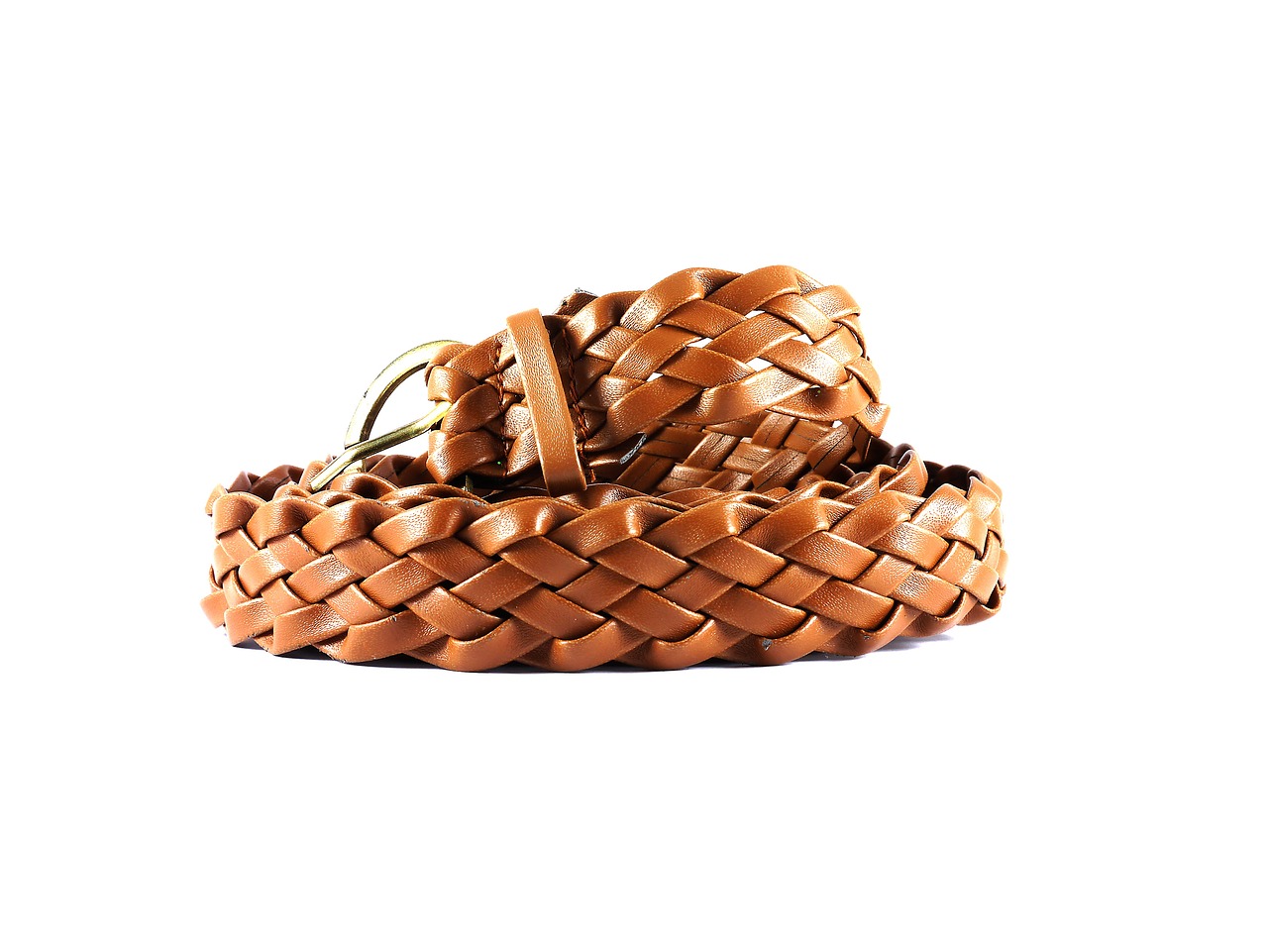
Creating Cuffs from Belts
Are you ready to dive into the exciting world of upcycling? Transforming old belts into stylish cuffs is not only a fantastic way to breathe new life into forgotten accessories, but it also allows you to express your unique style. Imagine wearing a one-of-a-kind cuff that reflects your personality and creativity! In this section, we’ll guide you through the process of making your very own cuffs from old belts, ensuring that you end up with a stunning piece that you can proudly show off.
First things first, let's talk about measurements. To create a cuff that fits perfectly, you’ll need to measure your wrist. A good rule of thumb is to measure around your wrist with a measuring tape or a piece of string, then lay it flat against a ruler. Once you have your measurement, add about an inch for comfort and seam allowance. This will ensure that your cuff is snug but not too tight. If you’re working with a belt that has holes, you can easily adjust the size by utilizing those holes for fastening.
Next, it’s time to cut your belt. Using sharp scissors or a utility knife, carefully cut the belt to your desired length based on the measurements you took earlier. If your belt has a buckle, you can either remove it or incorporate it into your design for an edgy look. Remember, the beauty of repurposing is that there are no strict rules—let your imagination run wild!
Now, let’s talk about how to secure your cuff. You have several options here, depending on the style you’re aiming for. Here are a few fastening techniques that work well:
- Snap Fasteners: These are easy to use and can be found at most craft stores. Simply sew them onto the ends of your cuff for a quick and secure closure.
- Velcro: This is a great option if you want an adjustable fit. Just attach one side of the Velcro to each end of the cuff.
- Buttons and Loops: For a vintage touch, sew a button onto one end and create a loop from the other end to fasten it.
Once you’ve secured your cuff, it’s time to add some flair! Consider embellishing your cuff with decorative elements like beads, fabric patches, or even painting it with fabric paint for a pop of color. The goal here is to personalize your accessory to make it a true reflection of your style. Don’t hesitate to experiment with different materials and techniques—after all, this is your chance to get creative!
Finally, let’s not forget about the importance of maintenance. To keep your newly created cuffs looking fabulous, gently clean them with a damp cloth and store them in a cool, dry place away from direct sunlight. This will help preserve the materials and colors, ensuring that your stylish cuffs remain in top-notch condition for years to come.
In conclusion, creating cuffs from old belts is a fun and rewarding project that not only helps you declutter but also allows you to showcase your creativity. So gather those old belts, roll up your sleeves, and let’s get crafting! You’ll be surprised at how easy and enjoyable it is to turn something old into something new and fabulous.
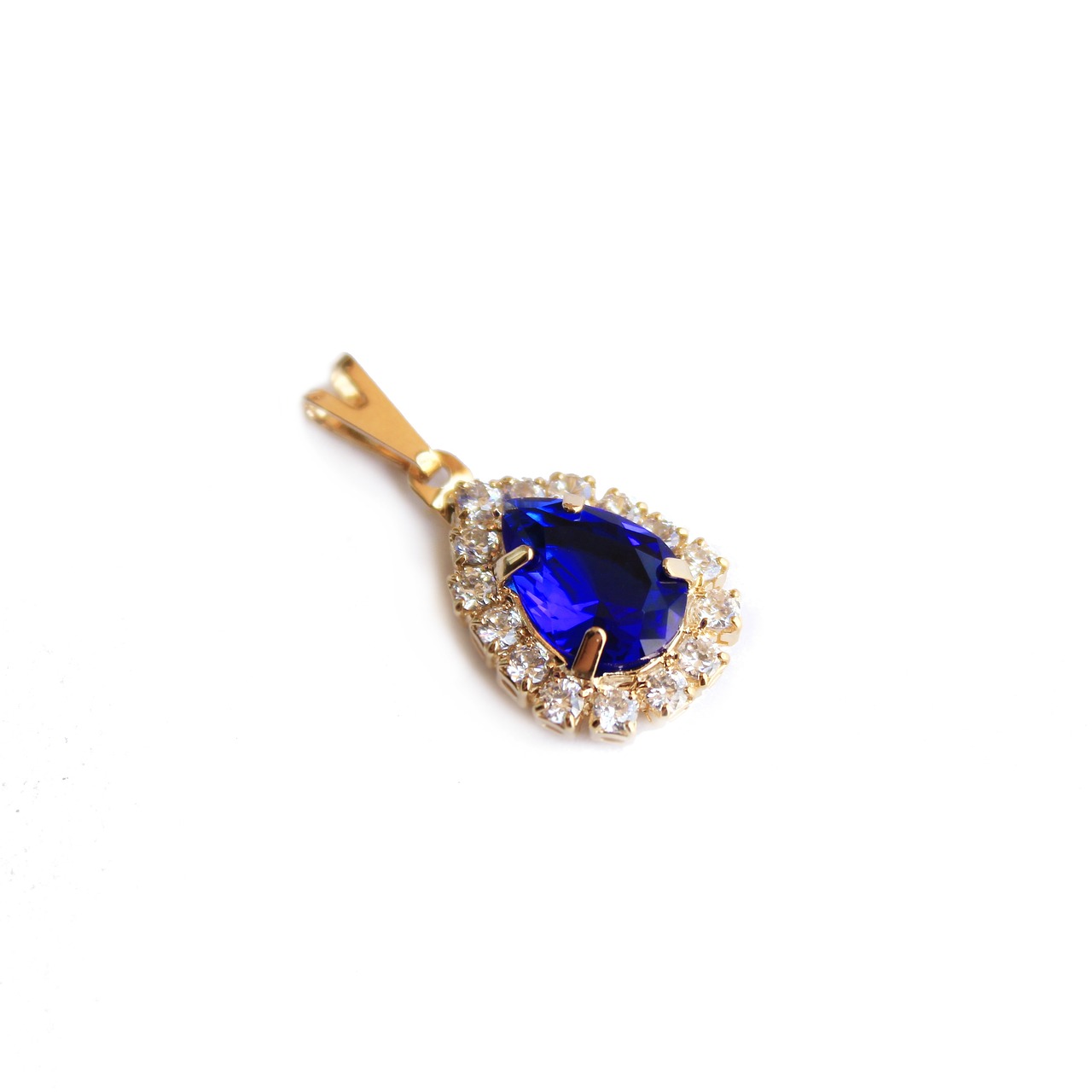
Designing Bangles with Style
Transforming old belts into stunning bangles is not just a way to recycle; it's an opportunity to express your personal style and creativity. The beauty of designing bangles from belts lies in the endless possibilities they offer. Imagine wearing a unique piece of jewelry that tells a story—your story! From vibrant colors to intricate patterns, the bangles you create can be as bold or as subtle as you wish.
To start, it’s essential to understand the different styles of bangles you can create. You might want to consider options such as:
- Classic Cuffs: Simple and elegant, these bangles can be made from wider belt sections.
- Layered Bangles: Stack multiple bangles for a trendy layered look, using various textures and colors.
- Embellished Bangles: Add beads, charms, or fabric for a personalized touch that reflects your unique personality.
When designing your bangles, sizing is crucial. You want them to fit comfortably without being too tight or too loose. A good rule of thumb is to measure your wrist circumference and then add about half an inch for comfort. If you're unsure, you can always create several sizes and see which one feels best. Remember, the goal is to wear your creation with confidence!
Next, let’s talk about the cutting technique. Start by laying your belt flat on a surface. Using a sharp pair of scissors or a rotary cutter, cut the belt into strips wide enough to form a bangle. A width of about 1.5 to 2 inches works well for most designs. If you want a thinner bangle, feel free to adjust the width accordingly. After cutting, you can round the edges with sandpaper for a smoother finish, ensuring that your bangle feels comfortable against your skin.
Once you've got your strips cut, it’s time to shape them into bangles. You can use various methods here, such as wrapping the belt around a round object (like a jar or a bangle mandrel) to achieve the desired shape. If you're creating a cuff-style bangle, simply bend the ends of the belt to meet and secure them with a strong adhesive or by sewing them together. This will not only hold the bangle's shape but also add an artistic flair to your design.
Don’t forget about the finishing touches! This is where you can truly make your bangles your own. Consider adding a splash of color with fabric paint or spray paint. You can also embellish your bangles with beads, sequins, or even fabric scraps for a mixed-media approach. The key is to let your imagination run wild. The more unique your bangle, the more it'll stand out!
Finally, remember to take care of your newly designed bangles. Store them in a cool, dry place away from direct sunlight to prevent fading. If your bangles get dirty, a gentle wipe with a damp cloth should do the trick. By maintaining your accessories, you ensure they remain a part of your fashion repertoire for years to come.
In conclusion, designing bangles from old belts is not only a fun and creative project but also a sustainable way to refresh your accessory collection. So gather those old belts, unleash your creativity, and let your new bangles shine!
Q: What types of belts are best for making bangles?
A: Look for belts made from durable materials like leather or thick fabric. Wider belts can create bolder bangles, while thinner belts offer a more delicate look.
Q: Can I use any type of adhesive for securing the bangles?
A: Yes, strong fabric glue or a hot glue gun works well for securing the ends of the bangles. Just ensure the adhesive is suitable for the material of your belt.
Q: How can I ensure my bangles fit properly?
A: Measure your wrist circumference and add half an inch for comfort. You can also create a few different sizes to see which fits best.
Q: What are some good embellishments for my bangles?
A: Beads, sequins, fabric scraps, and even charms can add a unique touch to your bangles. Get creative with what you have on hand!
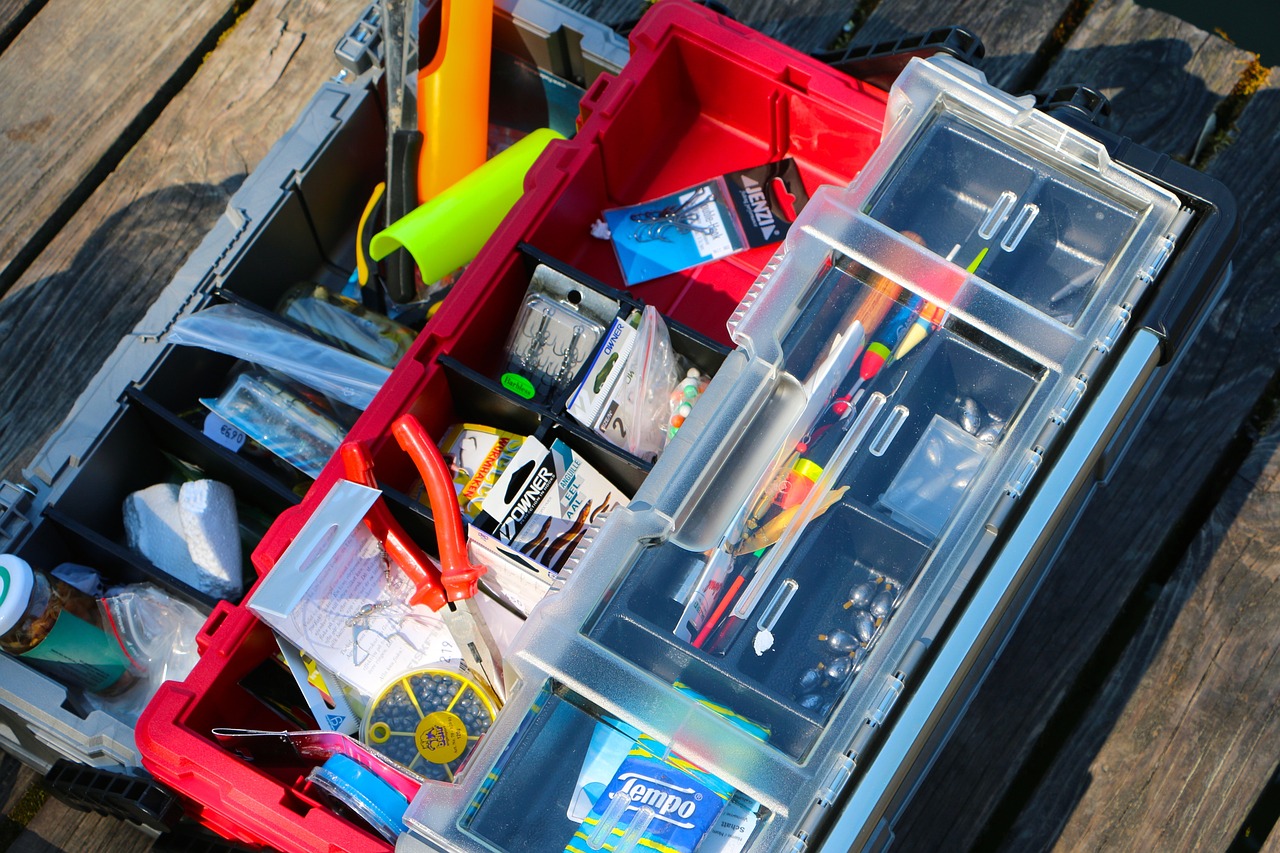
Maintenance and Care for Your New Accessories
Taking care of your newly created cuffs and bangles is essential for ensuring they last and continue to look fabulous. Just like any cherished accessory, these upcycled pieces need a little TLC to maintain their charm. Start by regularly inspecting your cuffs and bangles for any signs of wear and tear. Look for frayed edges, loose embellishments, or any discoloration that might occur over time. If you notice any issues, it’s best to address them promptly to prevent further damage.
Cleaning your accessories is another crucial aspect of maintenance. Depending on the materials used, you can gently wipe them down with a soft, damp cloth to remove dust and dirt. For leather belts, consider using a specialized leather cleaner to maintain their luster and prevent cracking. Avoid soaking them in water, as this can warp the material and ruin your hard work. Instead, spot clean any stubborn stains with a mild soap solution and a soft brush.
Storage is equally important when it comes to preserving your cuffs and bangles. Keep them in a cool, dry place away from direct sunlight to prevent fading and deterioration. Consider using a jewelry box or a dedicated drawer to store them separately from other accessories to avoid scratches and tangling. If you have multiple pieces, you might want to use soft pouches or individual compartments to keep them organized and protected.
To give your accessories a personal touch, you could also think about using protective sprays or sealants, especially if you’ve added paint or embellishments. These products can help seal in your designs and make them more resistant to wear. Just be sure to follow the manufacturer’s instructions for the best results.
Lastly, don’t forget to show off your creations! Wearing your cuffs and bangles regularly not only keeps them in good condition but also allows you to enjoy the fruits of your labor. Remember, the more you wear them, the more you’ll appreciate the unique story behind each piece.
Here are some common questions regarding the maintenance and care of your upcycled cuffs and bangles:
- How often should I clean my cuffs and bangles? It’s best to clean them every few weeks, or more frequently if you wear them often.
- Can I use regular soap to clean leather cuffs? Yes, but make sure to dilute it with water and use a soft cloth to avoid damaging the leather.
- What should I do if my embellishments start to come loose? Use a strong adhesive to reattach them, or consider sewing them back on if possible.
- Is it safe to store my cuffs and bangles in a humid environment? No, humidity can damage the materials. Store them in a dry place.
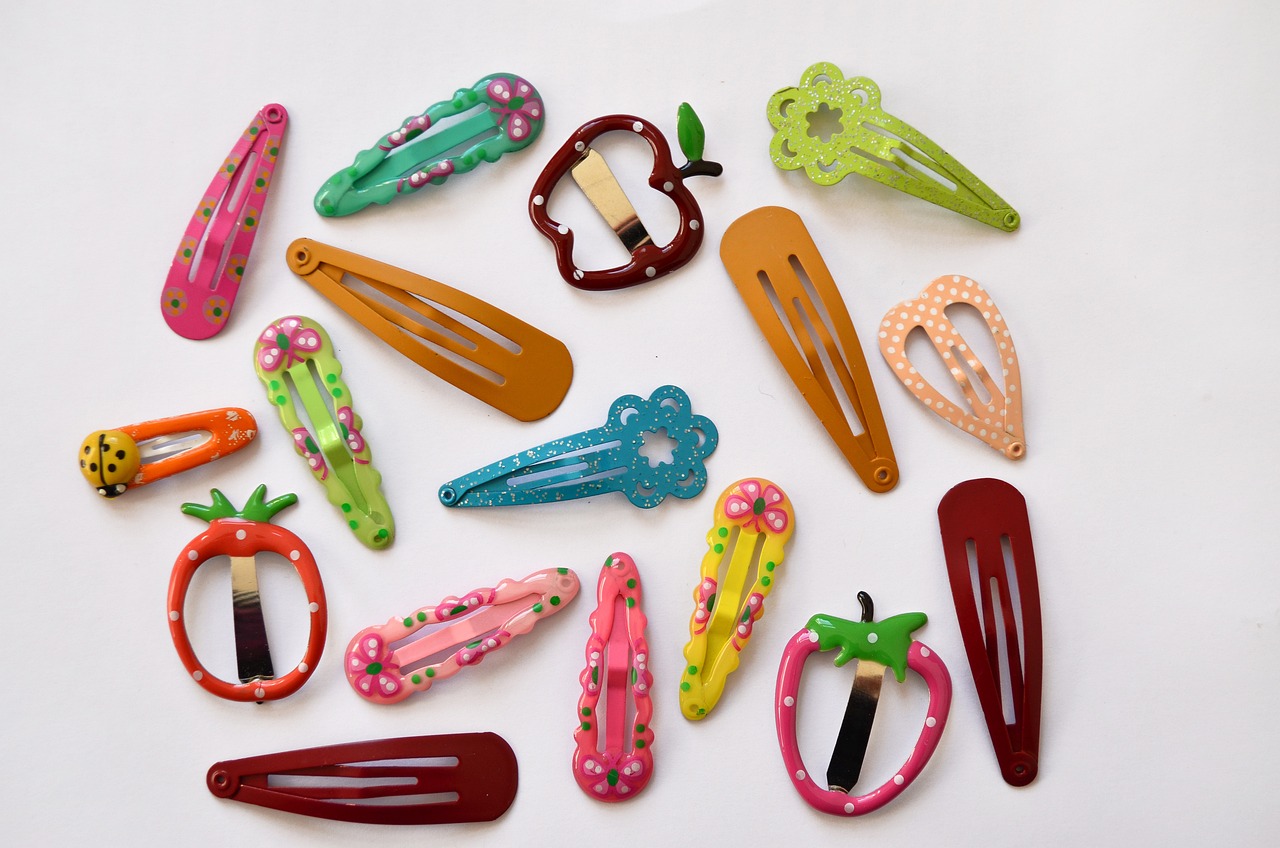
Inspiration from Other Upcycling Projects
Upcycling is more than just a trend; it’s a movement that transforms the ordinary into the extraordinary. When you embark on the journey of repurposing your old belts into cuffs and bangles, you open the door to a world of creativity and innovation. But where do you find inspiration? Let’s dive into some fantastic upcycling projects that can spark your imagination and help you see your old items in a new light.
One of the most popular upcycling projects involves turning old jeans into stylish bags. Imagine cutting off the legs of a worn-out pair of jeans and sewing them together to create a unique tote. This not only gives the jeans a second life but also creates a one-of-a-kind accessory that tells a story. Similarly, old t-shirts can be cut and braided into chic bracelets or even woven into a colorful rug. The possibilities are endless!
Another exciting avenue to explore is the world of furniture upcycling. Have you ever thought about using old belts to reupholster a chair? The texture and colors of belts can add a surprising flair to your furniture, making it a true statement piece in your home. Just imagine a vintage chair adorned with vibrant leather belts, catching the eye of every guest that walks through your door.
For those who love to craft, consider creating wall art from old accessories. By arranging belts in creative patterns or shapes, you can produce stunning pieces that not only beautify your space but also serve as a conversation starter. It’s a fantastic way to display your personality and artistic flair while keeping clutter at bay.
To further inspire you, here are a few other upcycling ideas that can complement your belt projects:
- Jewelry from Old Watches: Dismantle old watches and use the gears and faces to create unique pendants or earrings.
- Furniture from Pallets: Reuse wooden pallets to build coffee tables or garden benches, adding a rustic charm to your space.
- Planters from Bottles: Cut plastic bottles in half to create eco-friendly planters for your indoor or outdoor garden.
These projects not only showcase creativity but also promote sustainability, reminding us that we can reduce waste while expressing our style. So, the next time you look at your old belts, think beyond cuffs and bangles. Consider how you can integrate them into other aspects of your life or home decor. Let your imagination run wild, and who knows? You might just create the next big trend in upcycling!
As you embark on your own upcycling adventures, remember to share your creations with friends and family. You might inspire them to join the movement, turning their old items into something beautiful and functional. After all, upcycling is not just about changing the form of an object; it’s about igniting creativity and encouraging a more sustainable lifestyle.
Q: What types of belts are best for upcycling?
A: Look for belts made from durable materials like leather or thick fabric. Avoid belts with excessive wear and tear, as they may not hold up well in your projects.
Q: Do I need special tools for cutting and shaping belts?
A: Basic crafting tools like scissors or a rotary cutter, along with a cutting mat, will suffice for most projects. For more intricate designs, you may want to invest in a leather hole punch or snap fasteners.
Q: How can I personalize my upcycled cuffs and bangles?
A: Personalization can be achieved through painting, adding beads, or stitching patterns onto your accessories. Think about what reflects your personality and style!
Q: How do I maintain my new accessories?
A: To keep your cuffs and bangles looking great, clean them gently with a damp cloth and store them in a cool, dry place. Avoid exposing them to harsh chemicals or prolonged sunlight.
Frequently Asked Questions
- Can I use any type of belt for this project?
Not all belts are created equal! It's best to choose belts made from durable materials like leather or thick fabric. Avoid belts that are too worn out or flimsy, as they may not hold their shape when transformed into cuffs or bangles.
- What tools do I need to get started?
You'll need some basic tools to make your upcycling project a success. Essential items include scissors or a rotary cutter, a ruler for measuring, and some strong adhesive or snaps for fastening. If you want to add embellishments, gather beads, paint, or fabric scraps to personalize your creations!
- How do I measure my wrist for cuffs and bangles?
Measuring your wrist is super easy! Simply use a flexible measuring tape and wrap it around your wrist where you want the cuff or bangle to sit. Make sure to note the measurement and add a little extra for comfort, especially if you plan to wear it for extended periods.
- Can I paint or decorate my old belts?
Absolutely! Personalizing your cuffs and bangles is part of the fun. You can use fabric paint, acrylics, or even permanent markers to add your unique flair. Just make sure to let any paint dry completely before wearing your new accessories!
- How do I care for my new cuffs and bangles?
To keep your upcycled accessories looking fabulous, avoid exposing them to excessive moisture. Wipe them down with a soft cloth after wearing, and store them in a cool, dry place. If they get dirty, gently clean them with a damp cloth and mild soap.
- Are there other projects I can do with old belts?
Definitely! Upcycling is all about creativity. You can turn old belts into bag straps, keychains, or even decorative wall art. The possibilities are endless—let your imagination run wild!









